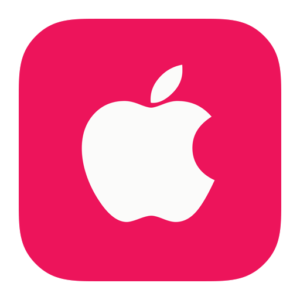
Secrets of iOS App Structure
Secrets of iOS App Structure: When creating dependable and stable software, careful consideration of the iOS app’s architecture is necessary. An iOS app’s architecture establishes its foundation and dictates its scalability, maintainability, and efficiency. In this blog article, we’ll go further into the subject of iOS app design, going over best practices, resources, and a variety of architectural patterns to help you make wise choices when creating your next iOS app.
Understanding the importance of architecture is essential before exploring certain architectural styles. A thoughtfully designed architecture offers the following benefits:
Scalability
An app with a solid architecture can grow without going crazy.
Maintainability
It makes program updates, bug patches, and feature additions easier.
Testability
An application that is well-structured and easier to test yields better code quality.
Performance
Optimized architecture can increase your software’s performance and responsiveness.


Developers of iOS apps frequently adhere to specific architectural trends when building them:
MVC (Model-View-Controller)
This is the most basic iOS architectural pattern, dividing an application into three sections: the Model (containing the data), the Controller (serving as a middleman between the Model and View), and the Controller. Despite being simple, if not managed properly, Massive View Controllers may arise.
MVVM (Model-View-ViewModel)
An alternative to MVC where the View and ViewModel are separate entities. Testability and maintainability can advance as a result of this.
VIPER (View-Interactor-Presenter-Entity-Routing)
A more complex layout that further separates functions to make testing and maintenance of large apps easier.
Clean Architecture
Based on ideas from Uncle Bob’s Clean Architecture, this approach focuses on separating the business logic from the user interface to create a highly controllable and tested system.
Redux Architecture
Originally from the web, it functions effectively when paired to handle complex app states using SwiftUI’s state management feature.
With SwiftUI and Combine, Apple announced new tools and paradigms for iOS app architecture.
SwiftUI
Developers may reduce boilerplate code and declare the UI structure more easily with the declarative UI framework SwiftUI.
Combine
Combine is a framework for handling asynchronous events and data streams. It aids developers in producing more robust and responsive apps.

Whichever architectural pattern you choose, dependency injection is a crucial concept. It involves moving dependencies—like view models, data sources, and services—to the parts of the system that need them. Your software has fewer coupling and is therefore more testable.
Numerous libraries and tools can help you implement and manage your chosen architecture successfully. Popular ones include:
RxSwift
A popular Swift reactive programming framework that works with a variety of architectural styles.
Realm
A portable database that can facilitate data retrieval and storage.
Core Data
Apple’s object graph management and data persistence framework for iOS devices.
CocoaPods and Carthage
Dependency managers for controlling your application’s external libraries.


You can make a successful iOS app by adhering to these guidelines:
Separation of Concerns
Keep your business logic, UI, and data access separate.
Unit Testing
Write unit tests for the key components of your project to guarantee stability.
Documentation
Maintaining current documentation will help other developers understand and access your codebase.
Version Control
Use a version control system, such as Git, to monitor changes made to your codebase.
Your iOS app’s architecture is essential to its success. By choosing the right architectural pattern, following best practices, and utilizing the available tools and libraries, you can produce scalable, maintainable, and quick iOS apps that last over time. As the iOS ecosystem changes, it’s important to stay up to date on the latest trends and best practices while developing modern, user-friendly apps.

